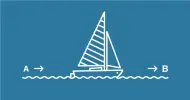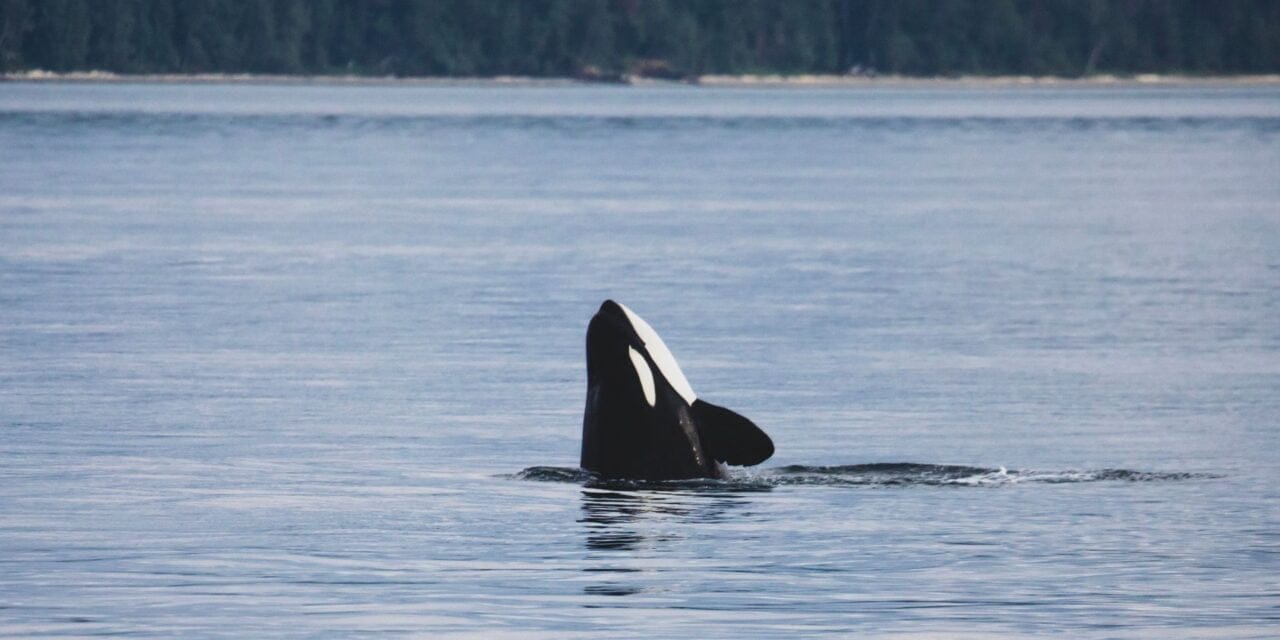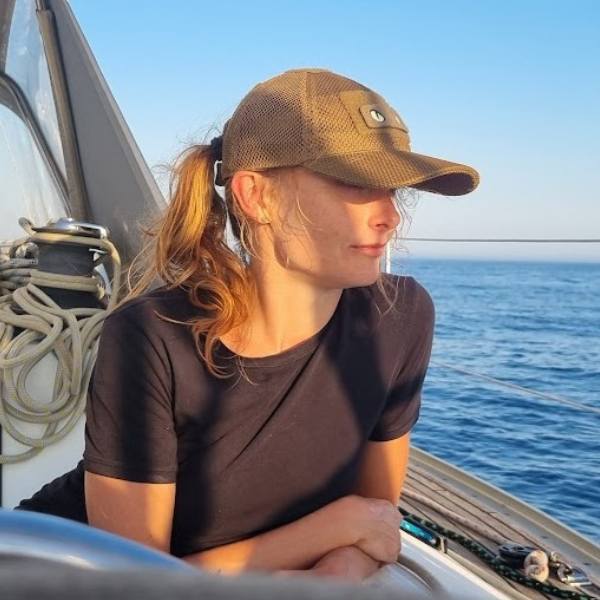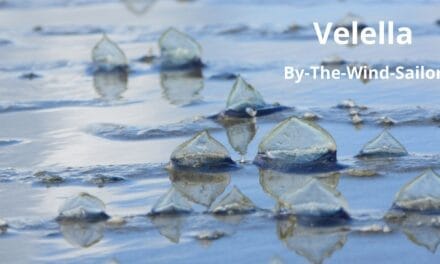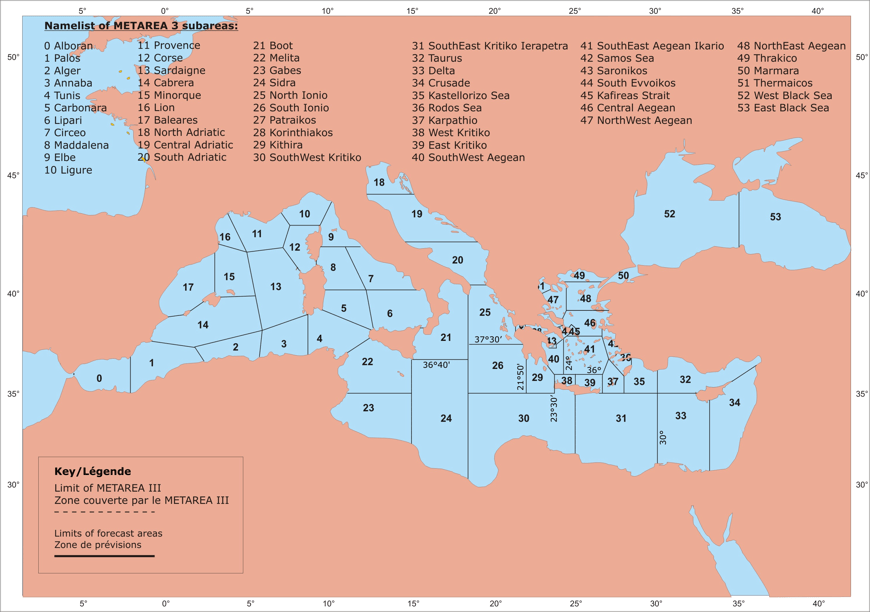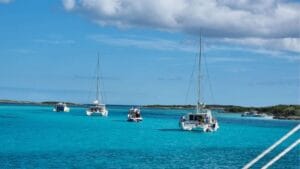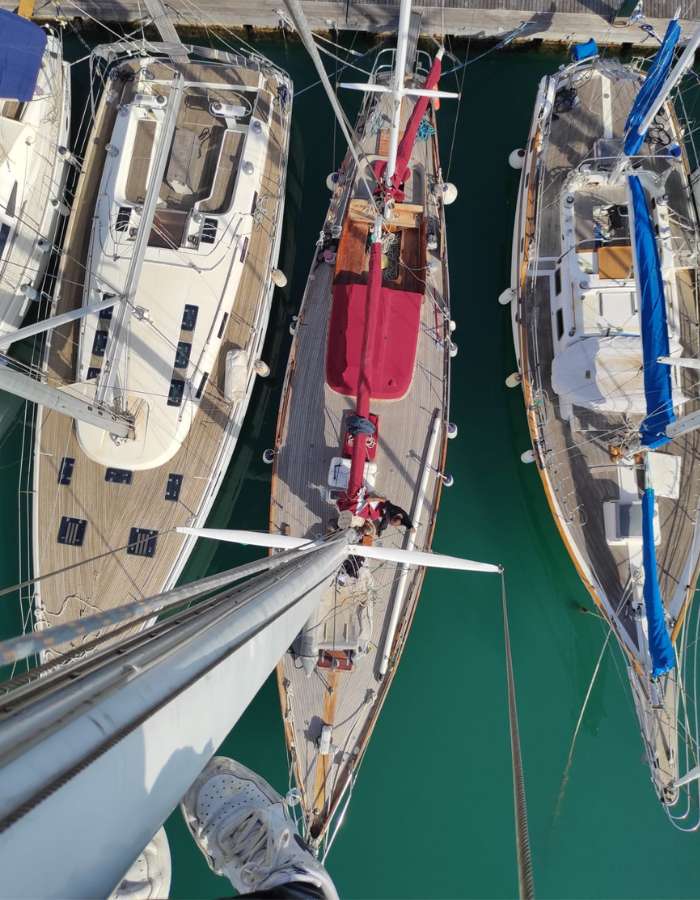Interactions with Iberian Killer Whales (Iberian Orcas)
Introduction
The Iberian Orca, a subpopulation of the Atlantic killer whale (Orcinus orca), has become a subject of concern for sailors navigating the waters off the Iberian Peninsula. Known for their intelligence and social behavior, these orcas have recently exhibited unusual interactions with sailboats, leading to numerous incidents. This blog post explores the nature of these interactions, the types of damage caused, safety recommendations for sailors, and the importance of insurance coverage.
Overview of Iberian Orcas
Iberian Orcas are part of a critically endangered population, estimated to consist of only 35 to 63 individuals. They primarily inhabit the Strait of Gibraltar and the surrounding waters, migrating north during autumn. Their diet mainly consists of bluefin tuna, and they have developed unique hunting techniques that reflect their sophisticated social structures.Key Characteristics:
- Population Size: 35-63 individuals
- Habitat: Strait of Gibraltar, Gulf of Cádiz, and northern Spain
- Diet: Primarily bluefin tuna
Nature of Interactions with Sailboats
Since mid-2020, over 650 incidents of orca interactions with vessels have been reported, primarily involving sailing yachts. These encounters are characterized by orcas ramming or nudging the boats, often targeting the rudder and causing significant damage.
| Year | Number of Interactions | Damage Reported | Serious Damage |
|---|---|---|---|
| 2020 | 52 | 51% | 19.6% |
| 2021 | 197 | 51% | 19.6% |
| 2022 | 207 | 51% | 19.6% |
| 2023 | Estimated 200+ | 51% | 19.6% |
Types of Damage:
- Rudders: Most frequently damaged component.
- Hull and Keel: Less common but can lead to severe water ingress.
- Sinking Incidents: At least six yachts have sunk due to orca interactions since 2021.
Safety Recommendations for Sailors
To mitigate risks associated with orca encounters, sailors should follow these guidelines:
- Stop the Vessel: Reduce speed and stop the engine immediately.
- Lower Sails: Prevent sudden movements that may attract attention.
- Stay Calm: Avoid loud noises and erratic movements.
- Contact Authorities: Report the encounter to local maritime authorities.
Code of Conduct:
- Do not shout at or touch the orcas.
- Avoid throwing objects into the water.
- Document the encounter for scientific research.
| Country | Authority/Organization | Link | Advice Summary |
|---|---|---|---|
| Spain | Atlantic Orca Working Group | Orca Iberica | Stop the boat, lower sails, contact authorities, avoid loud noises, document the encounter. |
| Spain | Royal Yachting Association (RYA) | RYA Orca Guidance | Follow safety protocols, check insurance coverage for orca interactions. |
| Portugal | Grupo de Trabalho Orca Atlantica (GTOA) | GTOA | Recommendations similar to those in Spain, with emphasis on monitoring orca locations. |
| UK | Cruising Association (CA) | Cruising Association Orcas | Detailed checklist of actions to take when encountering orcas, including stopping the vessel and reporting incidents. |
| France | French Ministry of Ecology | Ministère de la Transition Écologique | General advice on marine wildlife interactions, including orcas. Specific guidance may vary by region. |
| Spain | Spanish Maritime Safety Agency | Salvamento Marítimo | Contact 112 for emergencies, follow local navigation warnings regarding orca presence. |
Best Tips for Sailors to Avoid Interactions with Orcas
As the frequency of interactions between Iberian Orcas and boats has increased, sailors must take proactive measures to minimize the risk of encounters. Here are some best practices to help avoid interactions with these marine mammals:
1. Stay Informed
- Monitor Orca Activity: Check the latest reports and maps from organizations like the Atlantic Orca Working Group (GTOA) and the Cruising Association. These resources provide real-time information on orca sightings and interactions.
- Join Community Groups: Participate in online forums or social media groups focused on orca interactions to share experiences and gather insights from other sailors.
2. Plan Your Route Wisely
- Avoid Known Orca Areas: Review interaction maps and avoid areas with a high likelihood of orca presence, particularly during peak seasons (April to September).
- Sail Close to Shore: If conditions permit, staying within two miles of the coast in shallower waters (less than 20 meters deep) may reduce the risk of encountering orcas.
3. Modify Your Sailing Practices
- Use Engine Power: When possible, navigate under engine power rather than sail. This reduces the likelihood of attracting orcas, as they may be more curious about sailing vessels.
- Keep Noise to a Minimum: Limit engine noise and avoid loud sounds that could disturb marine wildlife. Turn off the autopilot and depth sounder to minimize mechanical noises.
- Avoid Sudden Movements: Maintain a steady course and avoid abrupt maneuvers that could startle or attract orcas.
4. Prepare for Encounters
- Have Emergency Contacts Ready: Keep contact information for local authorities, including VHF channel 16 and emergency numbers (e.g., 112 in Spain and Portugal).
- Educate Your Crew: Ensure all crew members understand the importance of respecting marine wildlife and following safety guidelines.
5. If You Encounter Orcas
- Stop the Vessel: Reduce speed and stop the engine. Lower sails to minimize movement.
- Keep Hands Away from Controls: Let the wheel or tiller run free to avoid injury and prevent further damage to the boat.
- Do Not Engage: Avoid shouting, throwing objects, or making sudden movements that could provoke the orcas.
- Document the Encounter: If safe, take photos or videos to help identify the orcas and report the interaction later.
6. Report Interactions
- Use Reporting Forms: After an encounter, report the incident using the appropriate forms from the Cruising Association or GTOA. Include details such as date, time, GPS position, and any damage incurred.
Why Are Iberian Orcas Attacking Boats?
The recent surge in orca interactions with boats, particularly off the Iberian Peninsula, has raised questions about the motivations behind this behavior. While the reasons remain a topic of ongoing research, several theories have emerged to explain why these intelligent marine mammals are ramming and damaging vessels.
Theories Behind Orca Attacks
- Playful Behavior:
- Some experts suggest that the orcas may be engaging in playful behavior. Young orcas, in particular, are known for their curiosity and may be exploring their environment by interacting with boats. This theory posits that the ramming could be a form of play rather than aggression.
- Social Learning:
- Another theory is that the behavior is a form of social learning. Observations indicate that younger orcas may imitate older individuals who have engaged in similar interactions. This phenomenon has been noted in other animal species, where young ones learn behaviors from their parents or peers.
- Trauma Response:
- A more concerning theory suggests that the behavior may stem from a traumatic event experienced by a specific orca, known as White Gladis. Researchers believe that after suffering a “critical moment of agony,” such as a collision with a boat, this orca began to exhibit aggressive behavior towards vessels. This behavior may have been adopted by others in the pod through imitation.
- Curiosity and Exploration:
- Orcas are known for their intelligence and curiosity. The increase in interactions may correlate with a rise in the orca population’s interest in boats as they follow their prey, such as bluefin tuna. As the tuna population has rebounded, orcas may have more opportunities for exploration and play.
- Environmental Changes:
- Changes in the marine environment, including the availability of prey, may influence orca behavior. As their primary food sources fluctuate, orcas might turn to boats out of curiosity or boredom, especially if they are not actively hunting.
- Fads and Novel Behaviors:
- Similar to trends observed in other animal species, the ramming behavior could be a “fad” that orcas have temporarily adopted. Such behaviors can emerge suddenly and may not have a clear purpose or benefit to the animals involved.
The behavior of Iberian Orcas towards boats is complex and multifaceted. While the motivations behind these interactions are still being studied, it is essential for sailors to remain vigilant and informed. By understanding the potential reasons for these encounters, sailors can better prepare for their journeys in orca-prone waters. Reporting sightings and interactions through appropriate channels can also aid researchers in their efforts to study and protect this critically endangered population.
Insurance Considerations
Given the potential for significant damage, having appropriate insurance coverage is essential for sailors operating in orca-affected areas. Here are some insurers that provide coverage for orca interactions:
| Insurer | Coverage Type | Key Features | Contact |
|---|---|---|---|
| Pantaenius | All-Risk Insurance | Agreed fixed value, no depreciation for total loss | Contact for quote |
| Progressive | Comprehensive Coverage | Coverage starts at $100, customizable options available | From $100/year |
| Craftinsure | Specialist Yacht Insurance | Covers cruising and racing yachts, £5m third-party cover | Contact for quote |
Government and Community Response
The Atlantic Orca Working Group (GTOA) has been actively monitoring orca interactions and advocating for protective measures. They have proposed compensation for damages caused by orca interactions and developed strategies to enhance safety for both orcas and sailors.Community Initiatives:
- Real-time tracking of orca movements.
- Educational programs for sailors about orca behavior.
- Collaboration between scientists and maritime authorities.
Reporting Orca Sightings and Interactions
To help researchers and authorities track orca movements and interactions, it’s crucial for sailors to report any sightings or encounters. Here are the main reporting options:
Cruising Association (CA) Orca Reporting Portal
- Website: https://www.theca.org.uk/orcas/interaction-report-form
- Reporting Form: Detailed form to report interactions, including data on sea state, boat speed, orca behavior, and damage. Also available to report uneventful passages.
- Languages: English, French, Portuguese, Spanish
GT Orcas Mobile App
- Download: Apple Store, Google Play
- Reporting: Allows users to report orca sightings and interactions directly through the app.
- Tracking: Provides up-to-date information on orca locations based on user reports.
Orcinus Mobile App
- Download: Apple Store, Google Play
- Reporting: Developed by Portos de Galicia to track orca sightings and incidents in Galicia.
- Tracking: Shows previous month’s reported interactions and sightings.
Community Groups
- WhatsApp: Few groups – my favourite choice for orcas movement when sailing
- Facebook: Orca Attack Reports group (over 61,000 members)
- Telegram: Groups discussing sightings, interactions, and solutions
By consistently reporting orca encounters through these channels, sailors can help researchers better understand the orcas’ behavior and movements. This information is crucial for developing effective safety protocols and mitigation strategies.
Conclusion
Interactions between Iberian Orcas and sailboats present unique challenges for sailors in the region. By staying informed, following safety guidelines, and ensuring proper insurance coverage, sailors can navigate these waters more safely. As research continues, it is hoped that a better understanding of these interactions will lead to effective solutions that protect both orcas and the maritime community.
Additional Resources
- Grupo de Trabajo Orca Atlántica
- Mobile apps for tracking orca sightings: GT Orcas and Orcinus
- Community groups for sharing experiences and advice on orca interactions
This blog post aims to provide sailors with a comprehensive understanding of the interactions with Iberian Orcas, emphasizing safety and preparedness in these increasingly common encounters.
